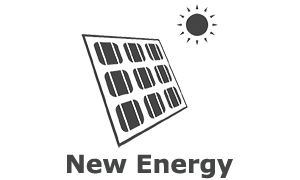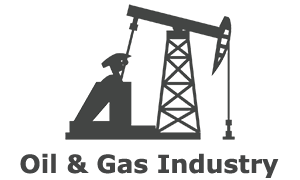WELCOME TO CALL US +86 18122974730 Email:admin@mingruiceramic.com
WELCOME TO CALL US +86 18122974730 Email:admin@mingruiceramic.com
Ceramic Rods & Bars
Ceramic Tubes
Ceramic Sheets & Blocks
Ceramic Valves
Ceramic Rings & Bushings
Ceramic Pumps & Plungers
Ceramic Flanges
Ceramic Nozzles
Ceramic Pins & Needles
Ceramic Arms
Other Ceramic Parts
We are able to custom manufacture Aluminum Nitride (AlN) ceramic parts according to customers' requirements. For custom manufacturing, please contact us for more information.

Features
• High hardness and wear resistance
• High temperature stability
• Chemical corrosion resistance
• Low thermal expansion coefficient
• High acid & alkali resistance
• High thermal conductivity
We are a professional manufacturer of Aluminum Nitride (AlN) ceramic parts, also custom manufacturing different material of ceramic parts according to the parameters or drawings provided by the customer.
As an IOS9001 certified manufacturer, we got more than 10 engineers with years R&D experience, 30,000 ㎡+ workshop, experienced technicians and advanced equipment to ensure the quality.
We got professional inspection team and equipment, and treat every product to a strict standard, dimensional accuracy up to 0.001mm, we will not to allow failed products to enter the market.
We are able to produce a scalable quantity of ceramic parts, even if one-off prototype, or a large scale production, our facilities and expertise is ready to undertake customers' diverse needs.
For custom parts, you will get free quote within 24 hours (depending on the complexity), and to meet the urgent needs, we keep material in stock to make the lead time shorter.

Since the foundation in 2014, Mingrui Ceramics has achieved a reputation with excellent quality and professional service. Now our products have been widely used in various industries that require high performance and precision of the ceramic parts. Some of those industries we serve include:








"Precision ceramics", "technical ceramics", and "advanced ceramics" are all terms that encompass the ceramics that provide us with high-performance mechanical, thermal, or electrical properties. They are very suitable for being applied to extreme application environments involve high temperature, high friction, high voltage, and high compressive load due to their excellent properties.
This datasheet shows the main properties of the ceramic materials we use, it will help you find the material you need by understanding the relative properties of each material.
If you want to know more in-depth information, or you need technical support from our experienced engineer team, please contact us.


Aluminum nitride ceramics are compounds composed of aluminum (Al) and nitrogen (N) elements (chemical formula AlN) with a hexagonal wurtzite crystal structure. Its preparation usually adopts powder metallurgy process, and densification is achieved through high temperature sintering (1700-1900°C) and adding sintering aids (such as Y₂O₃). AlN is known for its high thermal conductivity, excellent insulation and chemical stability, and is an important material in the field of advanced ceramics.